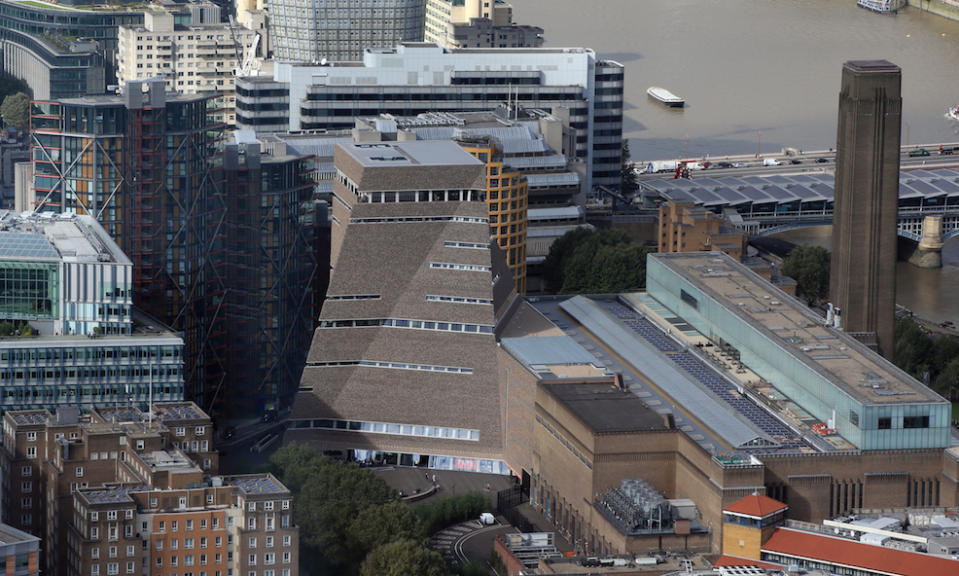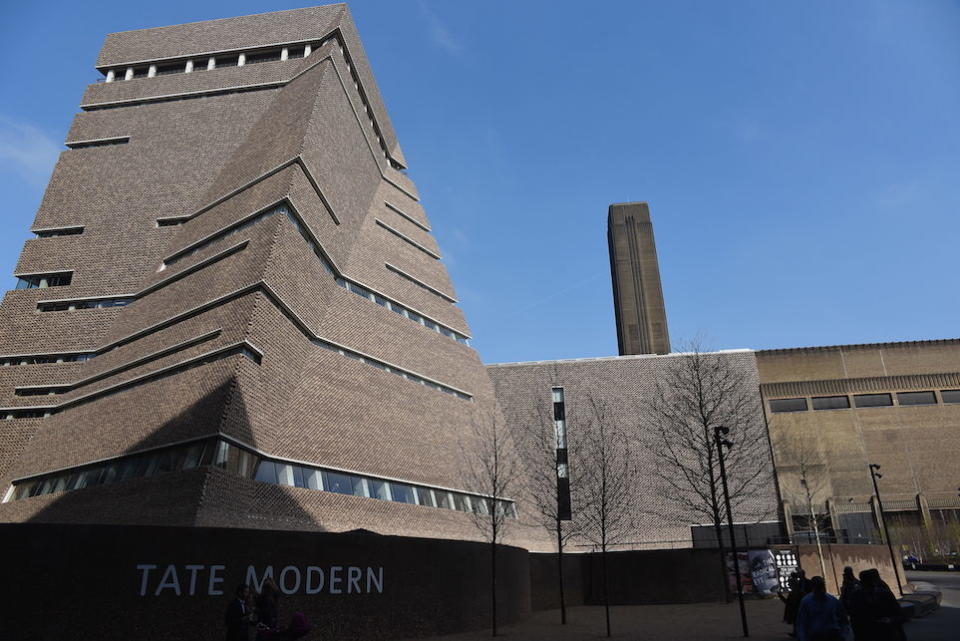Residents near Tate Modern who complained visitors can see through their windows are told: 'Try closing blinds'

Residents of flats overlooked by Tate Modern have lost their legal bid to stop tourists looking into their flats.
The owners of four flats made took their case to the High Court in an effort to prevent “hundreds of thousands of visitors” looking into their homes from the art gallery’s viewing platform.
The residents in the Neo Bankside development on London’s South Bank claim the use of the platform represents a “relentless” invasion of their privacy.
But the board of trustees of the Tate Gallery said the platform provides “a unique, free, 360-degree view of London” and argue that the claimants could simply “draw the blinds”.
Giving judgment in London on Tuesday, Mr Justice Mann dismissed the claim.

The judge said: “I have rejected the claim in privacy and I have rejected the claim in nuisance.”
The judge also dismissed the claimants’ application for permission to appeal against his ruling.
The five claimants sought an injunction requiring the gallery to prevent members of the public observing their flats by “cordoning off” parts of the platform or “erecting screening”.
MORE: Jeremy Corbyn says Labour may back another EU referendum
MORE: Rare tiger killed by her new potential mate at London Zoo
At a hearing in November, their barrister Tom Weekes QC said the Tate was “operating a public viewing platform so as to encourage (hundreds of thousands of) visitors” to look into his clients’ homes.
But Guy Fetherstonhaugh QC, for the Tate, said the claimants were seeking “to force the defendant to close a valued resource, and deny to the public the right to use the viewing platform for its intended purpose, merely to give the claimants an unencumbered right to enjoy their own view”.

In a statement after the ruling, Natasha Rees, partner and head of property litigation at Forsters, who acted for the five residents, said: “Whilst we are pleased that the law of nuisance has been expanded permitting a breach of privacy to lead to a nuisance claim, we are extremely disappointed with today’s result.
“The limited steps taken by the Tate to prevent visitors viewing into my clients’ apartments are ineffective and both my clients and their families will have to continue to live with this daily intrusion into their privacy.
“We are considering an appeal to the Court of Appeal.”
In his judgment, Mr Justice Mann noted the “complete glass walls of the living accommodation” and said the claimants have “created or submitted themselves to a sensitivity to privacy which is greater than would be the case of a less-glassed design”.

The judge added: “These properties are impressive, and no doubt there are great advantages to be enjoyed in such extensive glassed views, but that in effect comes at a price in terms of privacy.”
In a statement after the ruling, a Tate spokesman said: “The Level 10 viewing platform is an important part of Tate Modern’s public offer and we are pleased it will remain available to our visitors.
“We continue to be mindful of the amenity of our neighbours and the role Tate Modern has to play in the local community.
“We are grateful to Mr Justice Mann for his careful consideration of this matter.”

 Yahoo News
Yahoo News 

